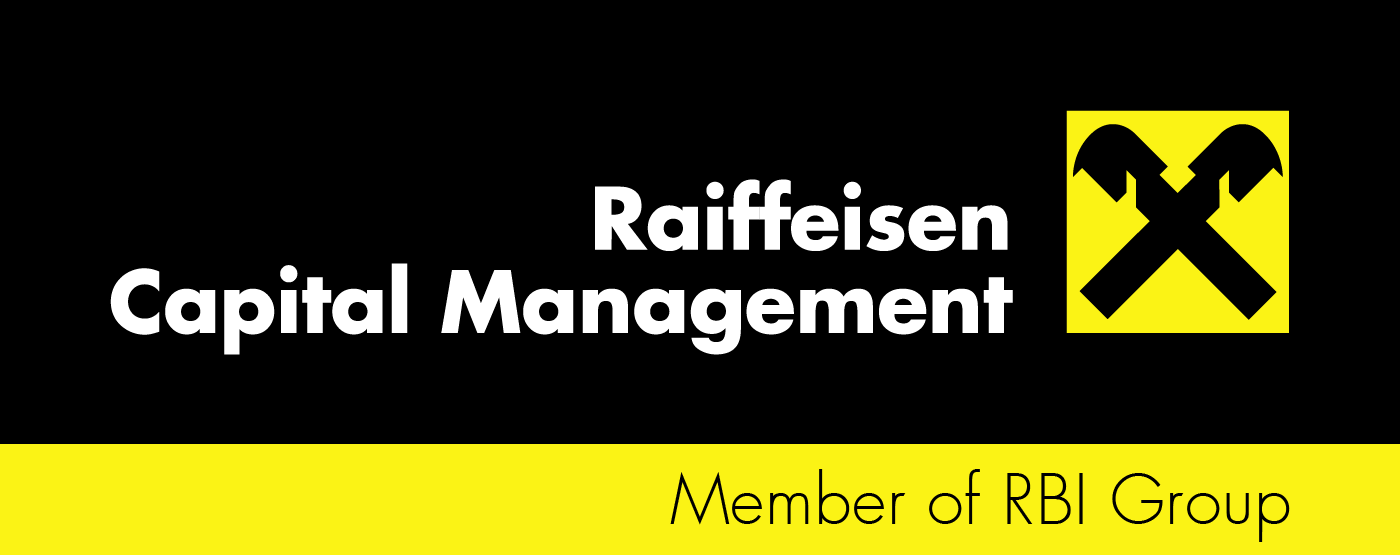Topic of the month June 2018: Corruption promotes poverty
When we think of corruption, we often envisage greedy despots and mostly undemocratic countries. But corruption is a local phenomenon as well: it starts with a lack of transparency and extends to a range of other offences, such as the acceptance of favours. Corruption also has wide-ranging consequences: first and foremost, any kind of corruption influences economic development and can also lead to the unfair distribution of wealth.
Corruption is not only morally wrong: the related inefficiencies in the economic system also result in high costs. Unfortunately, willingness to engage in corruption is widespread and is not limited to a regional scale, as corruption occurs in both rich and poor countries and regions. It takes many specific forms. Corrupt practices range from bribery, embezzlement, misappropriation, and patronage to favouritism and nepotism. Corruption is especially common in situations where there is a lack of control mechanisms and transparency in official actions and accountability. Industries which are particularly exposed to risks include infrastructure, public and private procurement, and construction and healthcare. Sustainable investors have the responsibility to analyse cases of corruption, indicate solutions, and avoid investments in companies or issuers which clearly commit offences.
Corruption: investors’ focus shifts to possible negative financial consequences
In the past, corruption was primarily interpreted as a reputational risk for the companies involved, whereas nowadays the potentially negative financial aspects are also a major focus for investors, in part due to some record-setting fines imposed on corrupt companies. The topic of compliance plays a key role in the prevention of corruption. Within the framework of compliance regulations, companies regularly formulate and review comprehensive guidelines on this issue. Individual corruption can be more difficult to discover, but is much easier to combat than systematic corruption. Systematic corruption, on the other hand, can involve companies as well as political structures, and can lead to the impression that corruption is considered to be “business as usual”.
Systematic corruption: involvement of senior executives
The varying dimensions through which a company can be involved in corruption range from allegations without legal charges and isolated cases in certain parts of a company all the way to systematic corruption. Severe cases of systematic corruption often involve senior executives. Other signs are numerous violations and the involvement of several parts of the company or countries. Corruption scandals, including ones in the past, pose a significant threat to a company’s reputation.
A thorough review offers opportunities to create anti-corruption structures
A company’s internal response to a scandal which has been uncovered should be as quick and as thorough as possible. There are numerous examples from the past which show that scandals can promote the readiness and unconditional support for creating suitable structures for fighting corruption. In principle, the management board, supervisory board, and shareholders should form a system designed to ensure transparency and oversight at the corporate level, and annual general meetings offer the chance to vote corrupt structures out of power. Companies are under pressure to show good performance and generate earnings. Over a longer period of time they cannot afford corruption, in part due to stricter regulations on transparency.
Corruption as a “necessary” foot in the door – more and more companies refuse to go along
For companies, it sometimes appears necessary to accept and practice a certain degree of corruption in some regions or countries, in order to be able to do business at all. Nevertheless, preventing corruption is becoming an increasingly important topic in international tenders as well. In some emerging countries, it does not appear to be very easy to prevent corruption. This is particularly true for projects with numerous bidders and no specific technological requirements. One example of a sector with high corruption risks is the construction of large projects. In fact, some internationally active corporate groups have ceased their work in countries with high levels of corruption.
International initiatives to fight corruption
The most well-known international initiatives to fight corruption include the OECD’s anti-corruption convention from 1999 and the UN Convention against Corruption from 2005. At the regional level, other pieces of legislation which deserve mention are the UK Bribery Act of 2010 and the US Foreign Corrupt Practices Act, which dates all the way back to 1977. Other initiatives to fight corruption include specific sectoral agreements such as the Global Infrastructure Anti-Corruption Centre, the Extractive Industries Transparency Initiative, and the Water Integrity Network. Additionally, many international initiatives, organisations, and NGOs are involved in the fight against corruption.
Corruption as a major issue for investors and listed companies
Preventing corruption is an important issue for Raiffeisen Capital Management. SRI funds are not allowed to invest in a number of issuers or companies at the country and company level. At the corporate level, the sectors infrastructure, construction and pharmaceuticals are particularly affected. Investment is not allowed in countries with a Corruption Perceptions Index (Transparency International) of less than 40. Transparency is generally becoming more important on the stock markets. Moreover, legislators are also requiring companies to publish an increasingly broad range of information going above and beyond mere financial dimensions. As a rule of thumb, listed companies exhibit a high degree of transparency. In order to avoid corruption as much as possible, companies usually start with a risk analysis when they are introducing anti-corruption measures. In addition to an anti-corruption strategy, measures for prevention and measures for reaction to cases of corruption are usually taken.
Review of companies in high-risk industries
As part of an engagement process, Raiffeisen Capital Management’s SRI team contacted some of the most important players in the three aforementioned industries (such as Merck KGaA, Novartis, Frapor, and Roche) to find out whether there had been tangible changes in relation to corruption in recent years. What regulatory or other developments significantly influenced these changes? What were the measures by the companies to fight corruption in recent years, and what internal regulations were put in place to prevent corruption? The answers show that cases of corruption have declined significantly in past years at the companies participating in the survey. Most companies see corruption both as a financial risk and as a reputational risk. The reason cited for the decline was stricter laws in particular, especially in the emerging countries.
Some companies have introduced their own “Values and Behaviours” systems. Others have established the position of Chief Ethics & Compliance Officer. According to many of the companies, training programmes for all employees are another important tool. Electronic whistleblower systems and ombudsman offices are additional instruments used to take action against violations. The entire issue of the SRI Newsletter on the subject of corruption can be found at: https://www.rcm.at/nachhaltigkeit
The published prospectuses and the Key Investor Information (key investor documents) for the funds of Raiffeisen Kapitalanlage-Gesellschaft m.b.H. are available at www.rcm.at in German language and for some funds available in English language at www.rcm-international.com.
This is a marketing communication of Raiffeisen Kapitalanlage-Gesellschaft m.b.H.
Wolfgang Pinner |
About Raiffeisen Capital Management Raiffeisen Capital Management is part of Austria’s largest banking group and one of the leading asset management companies in Austria, with a market share of 17.7 percent in investment funds. Beyond its home market, Raiffeisen Capital Management has been quite active on the international markets for many years and is a respected player in several European countries. Headquartered in Vienna, the company currently manages EUR 33.3 billion in assets (as of end of April 2018). For more information visit us at www.rcm.at |




